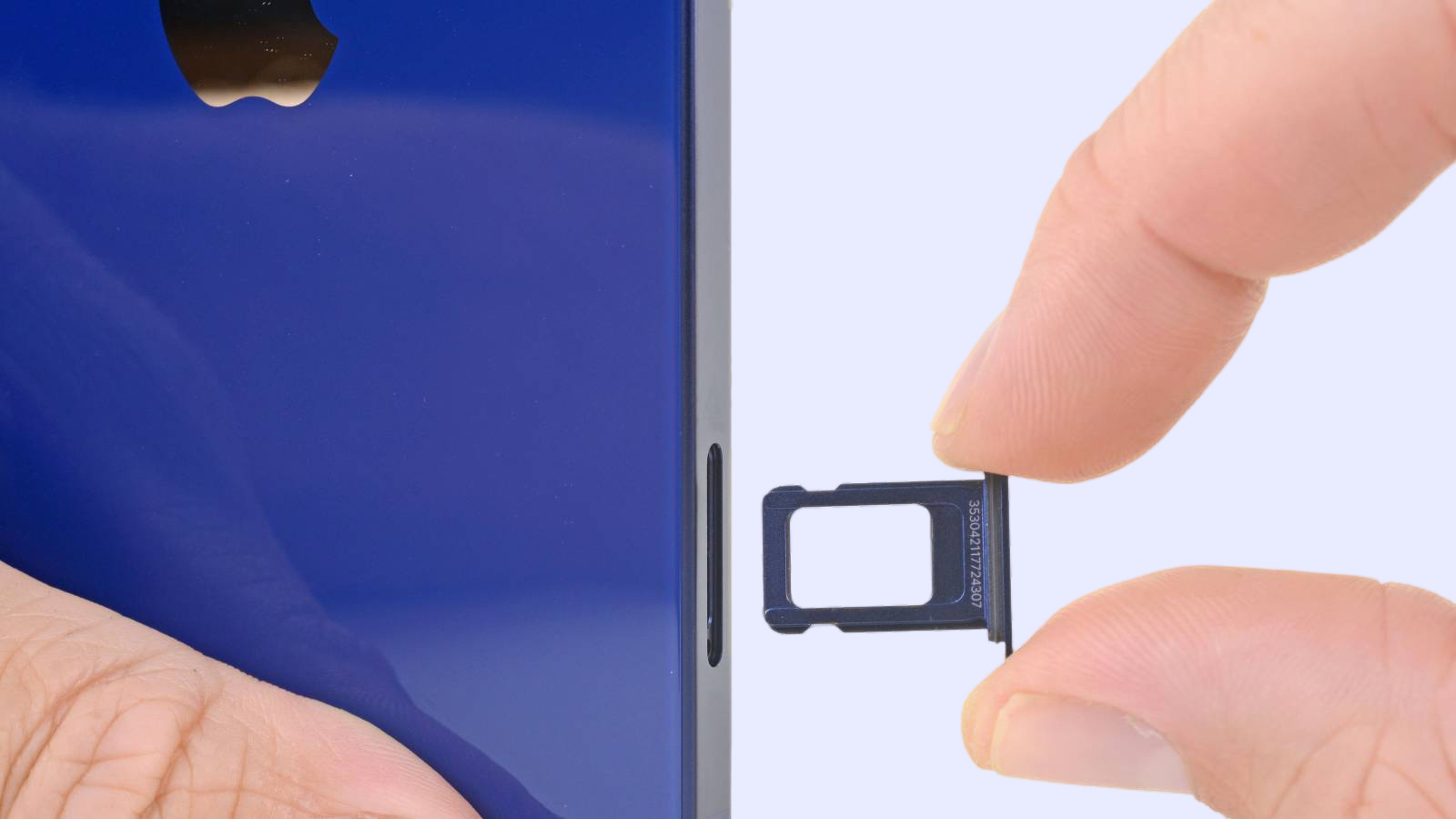
Rumors have suggested Apple could soon release an iPhone without a physical SIM card slot, and it turns out that if that's accurate, Apple would be realizing Steve Jobs' vision for the original iPhone, according to former iPod VP Tony Fadell.

Fadell was recently interviewed by journalist Joanna Stern for a special event at the Computer History Museum to promote his new book Build: An Unorthodox Guide to Making Things Worth Making, and during the conversation Fadell revealed that Steve Jobs wanted the iPhone to be a seamless device that didn't include a SIM card slot.
Instead of relying on GSM cellular technology, Jobs was apparently more interested in using CDMA to connect iPhones to cell towers and cited Verizon's nascent use of the technology, which allows supporting phones to link directly to the carrier's network.
Fadell said he had to show Jobs market data to convince the former Apple CEO that CDMA adoption was too low for it to be a feasible option for the iPhone.
In fact, Apple did eventually release a SIM-less iPhone, but not until midway through the normal iPhone release cycle in January 2011, when it launched a CDMA version of the iPhone 4 for the Verizon network. The SIM card slot returned on the CDMA-equipped iPhone 4S, but the slot wasn't supported by Verizon.
Late last year, Brazilian website Blog do iPhone claimed that iPhone 15 Pro models might not have a physical SIM card slot in at least some countries and regions.
Soon after the story broke, MacRumors received a seemingly legitimate document from an anonymous tipster indicating that Apple had advised major U.S. carriers to prepare for the launch of eSIM-only smartphones as soon as September 2022.
Given the alleged September 2022 deadline, it is possible that Apple might remove the physical SIM card slot on some iPhone 14 models, rather than some iPhone 15 models as originally rumored, but nothing is definitive at this point.
One obstacle is that eSIM functionality is not available in all countries, so iPhones sold in some areas will need to continue to offer a nano-SIM slot. In countries where a SIM-free iPhone is available, it may be optional, with consumers still able to choose a version with a SIM. There are more than 60 countries that support eSIM, with a list available on Apple's website.
Apple is expected to introduce the iPhone 14 models at an event that's likely to be held in September 2022, if Apple follows previous launch timelines.
(Via 9to5Mac.)
Article Link: Steve Jobs Wanted Original iPhone to Have No SIM Card Slot, Says Former iPod VP

